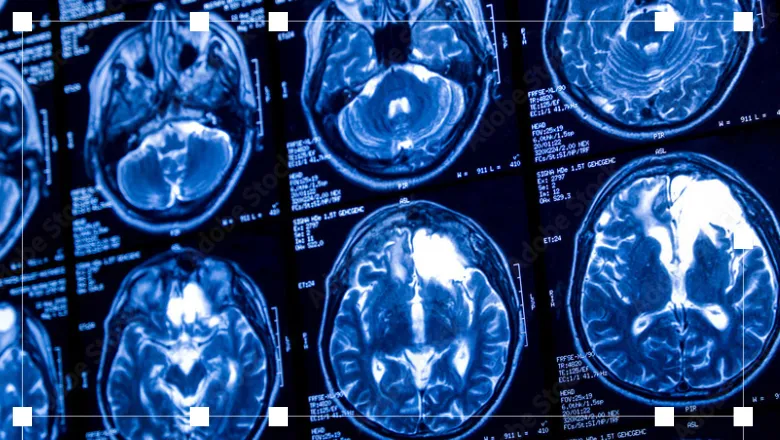This systematic review emphasizes the use of innovative machine learning models to predict the rupture risk of unruptured intracranial aneurysms. These machine learning algorithms offer the potential to automate and standardise the identification of rupture-prone aneurysms, aiding in decisions regarding high-risk prophylactic interventions. However, we found that the current evidence base is limited, making these models unsuitable for clinical use at this stage. To enable safe implementation, further high-quality studies are now required.
Dr Thomas Booth, Clinical Reader in Neuroimaging at the School of Biomedical Engineering & Imaging Sciences
25 November 2024
Researchers conduct systematic review on whether AI could help predict brain aneurysms
Researchers from the School, in collaboration with academics from Imperial College London, are exploring whether artificial intelligence (AI) can help doctors predict which brain aneurysms are likely to rupture—a life-threatening event that requires urgent treatment.

Aneurysms, which are bulges in blood vessels in the brain, affect about 3.2% of the population. While only some rupture, the decision to treat is complicated because treatments like surgery also carry risks for the patient.
A new review of 20 studies, analyzing over 20,000 cases, examined how well AI models predict aneurysm rupture risk. The results were promising, with AI achieving accuracy rates of 66–90%, comparable to or slightly better than traditional methods like the PHASES score. However, the studies varied widely, making it difficult to draw firm conclusions. “AI models show potential in automating and improving predictions,” the authors noted, “but they aren’t ready for clinical use yet.”
Currently, doctors rely on factors like aneurysm size, location, and patient demographics to assess rupture risk. But existing scoring systems aren’t perfect. Small aneurysms can rupture unexpectedly, while large ones might never cause harm. AI could eventually help by processing large datasets to make more personalized and accurate predictions.
This research is a step forward towards predicting the outcome of intracranial aneurysms, which is difficult to speculate, and if ruptured, could be fatal. Machine learning is a strong tool which can comprehend a myriad of complex factors rapidly to aid patients and clinicians in managing these aneurysms.
Dr. Karan Daga, Radiology Registrar at the Imperial College NHS Trust
The authors urge further research, particularly large, diverse studies that test AI models in real-world medical settings. If successful, this technology could save lives by improving decisions about whether to monitor or treat aneurysms, reducing unnecessary interventions and ensuring high-risk patients get timely care.

